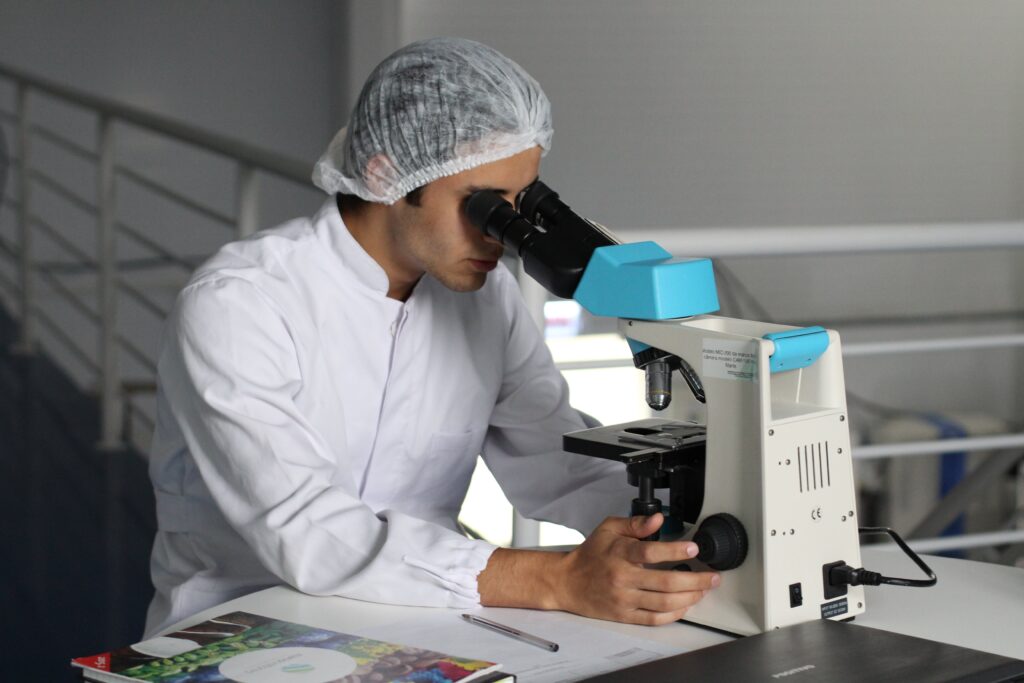Emerging Trends in SARM and Peptide Research

Table of Contents
Introduction
Selective Androgen Receptor Modulators (SARMs) and peptides are rapidly becoming a focal point in the realm of pharmaceutical research and development. While they’ve garnered attention in bodybuilding and athletic circles, their potential extends far beyond these uses. In this blog, we’ll delve into the emerging trends in SARM and peptide research, particularly in the Australian context, where the health and fitness industry is witnessing an impressive surge. It’s essential, however, to approach this topic with an understanding of the complex regulatory and ethical considerations involved.
The Evolution of SARMs and Peptides
SARMs, which selectively target androgen receptors, promise numerous therapeutic benefits, especially in treating muscle wasting diseases and osteoporosis. Unlike traditional steroids, SARMs offer targeted action with potentially reduced side effects. Peptides, comprising short chains of amino acids, have been hailed for their versatility in treating various conditions, from hormonal imbalances to chronic diseases.

1. Enhanced Precision in Treatment
One of the most significant trends is the move towards greater specificity and precision. Researchers are striving to develop SARMs and peptides that provide targeted therapeutic effects without affecting other bodily systems. This precision medicine approach is particularly relevant in Australia, where there’s growing interest in personalized healthcare solutions.
2. Broader Therapeutic Applications
The scope of therapeutic applications for SARMs and peptides is expanding. Beyond muscle growth and recovery, researchers are exploring their potential in treating conditions like Alzheimer’s disease, type 2 diabetes, and specific forms of cancer. This trend aligns with the broader shift in the Australian healthcare sector towards more innovative, holistic treatment options.
3. Advances in Delivery Systems
Another area of significant development is the enhancement of drug delivery systems. The effectiveness of SARMs and peptides can be limited by their bioavailability and stability. Innovative delivery methods, such as nanoparticle systems and transdermal patches, are being researched to overcome these limitations, making treatments more effective and user-friendly.
4. Regulatory and Ethical Considerations
As with any emerging medical technology, SARMs and peptides are subject to strict regulatory scrutiny, especially in Australia, where the Therapeutic Goods Administration (TGA) plays a crucial role. Ensuring the safety and efficacy of these compounds is paramount. Additionally, ethical considerations, particularly regarding their use in sports and bodybuilding, are an ongoing conversation within the Australian health community.
5. The Role of AI and Machine Learning
In line with global trends, Australian researchers are leveraging artificial intelligence (AI) and machine learning to accelerate the development of new SARMs and peptides. These technologies enable the analysis of vast data sets to predict how new compounds will behave, significantly reducing development time and costs.
Conclusion
The research into SARMs and peptides is at a fascinating juncture, brimming with potential for transformative healthcare solutions. For Australians, these developments could herald a new era of personalized and effective treatments for a range of conditions. However, it’s crucial to navigate this field with a keen awareness of the regulatory landscape and ethical implications. As we look to the future, the continued evolution of SARM and peptide research will undoubtedly play a pivotal role in shaping modern medicine.
Disclaimer: Vicorpus does not endorse or promote the use of Sarms or Peptides for human consumption. Our blog posts are intended for informational purposes only and address common inquiries found on various forums. The sale of Sarms and Peptides is strictly limited to researchers for scientific and research purposes.
Share This Post
More To Explore
Commonly Asked Questions
Subscribe to our emailing list to receive our latest news, articles and promotions. You may unsubscribe at any time.

Privacy Policy Shipping Refund & Returns Terms & Conditions
Copyright © 2023 VI Corpus. All rights reserved

